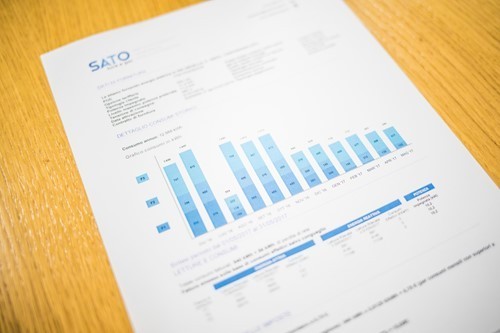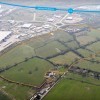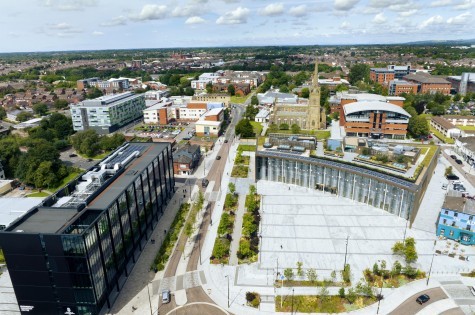Having recently written about the CCL on commercial energy bills I thought it would be good move to breakdown a business energy bill in full so you can fully understand what your business is paying for each month.
The typical commercial energy bill in the UK has risen by over 40% over the last 10 years, with energy suppliers claiming that wholesale prices are to blame. Although partially true it’s not wholesale that we should be looking at; non-commodity charges equate to over 65% of your annual bill, included in this are the ever increasing government levy’s which have increased by over 165% since 2014 adding £540 per year to a small business consuming 20,000kWh pa, this is just on the electricity bill.
SSE one the UK’s biggest electricity suppliers have broken down the bill into 3 sections which break down further into a number of sub sections.
Commodity Cost (wholesale) Non- Commodity Policy cost (Government Levy’s) Non-Commodity systems and transmission costs (Supplier or grid costs)These breakdowns roughly account for 33% for each section of the bill.
Commodity cost (wholesale)
Wholesale prices at the moment are pretty steady and low with gas being at £39.31 p/therm and electricity being at £44.96 p/kWh as of 1st April 19. With energy suppliers anticipating prices rises in wholesale throughout the next year I expect to see these figures rise. It’s not wrong to assume that although the wholesale prices are low now, the 40 plus retail price rises we have seen so far in 2019 are down to the suppliers anticipating this cost going up by quite a chunk, which is why fixed term contracts are going up in price fast.
I would advise that if you have a contract due to end within the next 6-12 months the time to lock in your new contract is now!
Non-commodity Policy cost (Government Levys)
Everyone’s favourite section of the bill, I’m sure. This is where things get more complicated and expensive. The levy’s applied to energy bills are the fastest rising costs associated, like I said previously, 165% since 2014... So let’s have look at what these breakdown to.
CCL (Climate Change Levy): This was introduced in April 2001 and only applies to businesses. It is used as an incentive for businesses to become more energy efficient by reducing your consumption you can reduce the amount of Climate change Levy that you pay. Fit’s (Feed In Tariffs): This Scheme is a government programme designed to promote the uptake of renewable and low-carbon electricity generation technologies. FIT consumer payments last for 20 years. CM (Capacity Market): Capacity Market are annual auctions for capacity to be provided to power stations, demand side and energy storage needed to keep up the security of the supply. ROC’s (Renewable obligation certificate): A support scheme for the development of large-scale renewable electricity generation. The RO closed to new renewable generation in March 2017 with subsidy payment continuing for another 20 years. CFD’s (Contracts for Difference): this is the current mechanism used for low carbon generation. Contracts for difference guarantee a fixed price for each MWh generated. CFD’s are auctioned and budgeted by the government.Non-Commodity transmission and distributions costs
The charges that are included in this section of the bill are for the use, maintenance and transmission/distribution. This usually consists of the following:
Transmission Network Use of System (TNUoS): The cost associated with transmitting electricity from power stations to grid supply points via the high voltage (HV) transmission network. Balancing Services Use of System (BSUoS): Costs relating to the day-to-day operation of the transmission system, for balancing the grid. Distribution Use of System (DUoS) charges: Applied by regional utilities that manage the distribution network to cover the cost of distributing electricity to premises.Some suppliers will allow you the option to have these costs split and shown separately from the wholesale price.
I think it’s safe to say that you never thought your energy bill would be quite so complex but I believe that it is important that you know where your money is going. Energy is one of your businesses biggest expenditures and one that is essential in the day to day running of it. I hope this article helps somewhat give you a better understanding of what your energy actually costs, I look forward to telling you how you can reduce it with some simple and helpful tips over the coming months.
About Us: Hudson Lancaster Ltd, are commercial energy brokers based in Lancashire specialising in not only finding the best tariffs to suit your business but also working with you to reduce your consumption making your business more sustainable.


















